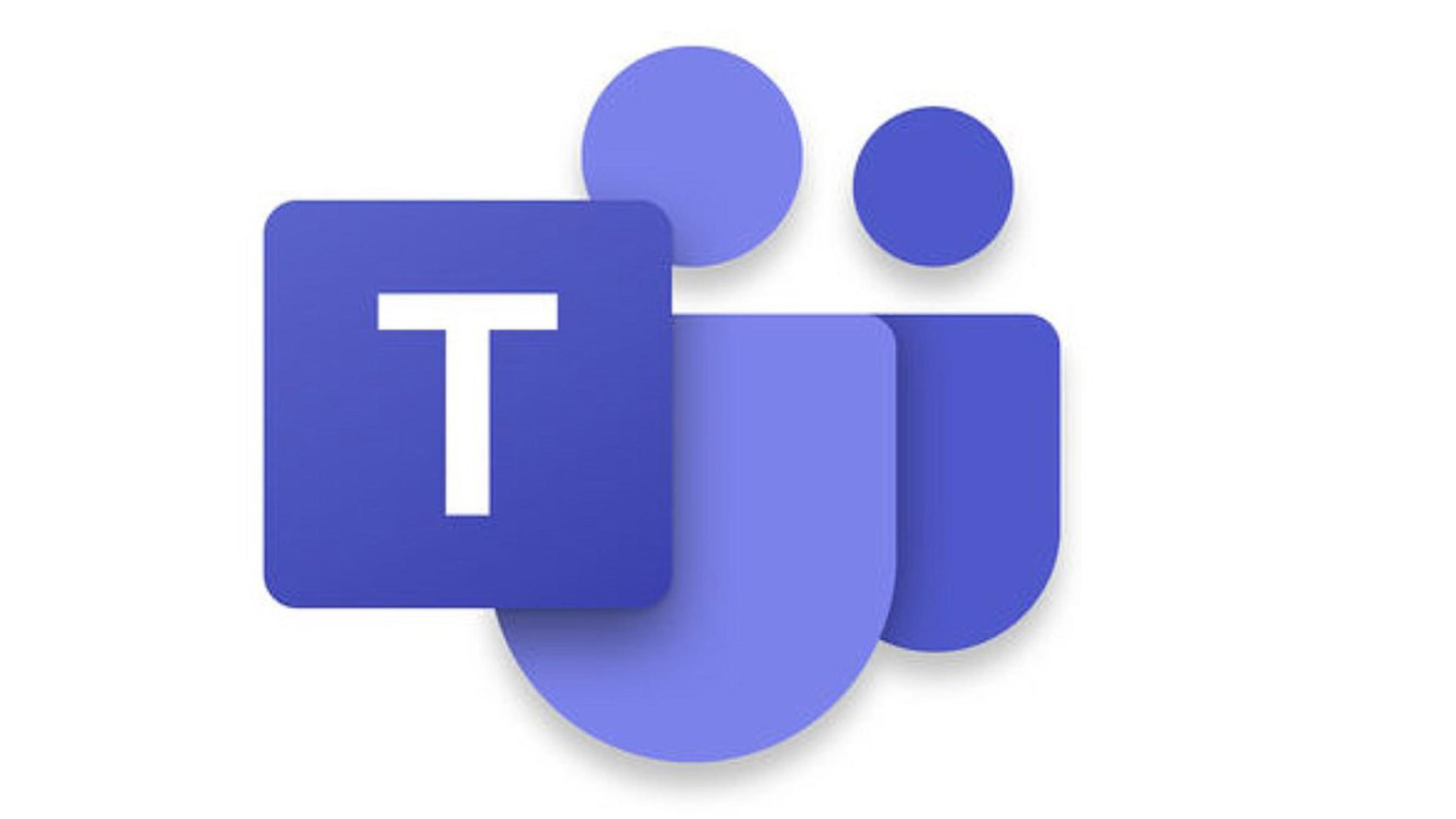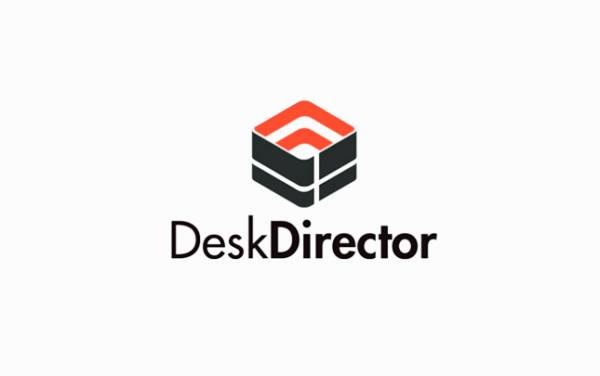
You’ve been successful in business for years doing things your own way, and you’re in no hurry to make major changes. You’ve found a formula that works well in your industry, and sticking to that strategy has allowed you to grow your business over time. You’re smart enough to realize that if your model isn’t broken, you don’t need to fix it.
Still, you recognize that new technology does have its advantages. You’ve seen some of your competitors reap the advantages of IP-PBX telephony by cutting their telecom costs and utilizing new business features. You’d like to improve your business PBX as well, but you’re hesitant to upset the apple cart.
What you may not realize is that you can switch to IP-PBX telephony using a hardware SIP phone that looks and operates exactly like the legacy phones you have in your office now. The only real difference is that this hardware connects directly to a data network rather than the standard PSTN lines you’ve been using for so long, and works seamlessly with best-in-class software-based PBX.
Using SIP phones for IP-PBX telephony saves you money by:
- Allowing you to makes calls among geographically disparate offices free of charge
- Scaling up to thousands of additional lines without adding costly hardware
- Lowering your monthly bills by letting you pay only for the capacity you use
- Eliminating per-extension licensing costs
There’s a reason that a recent Infonetics study projects the global SIP market to top $8 billion by 2018, up from $4.4 billion this year—the technology provides enormous upside with no risk. For competitive purposes, that’s a combination too good to pass up.
Are you interested in learning more about this technology? Contact us!























